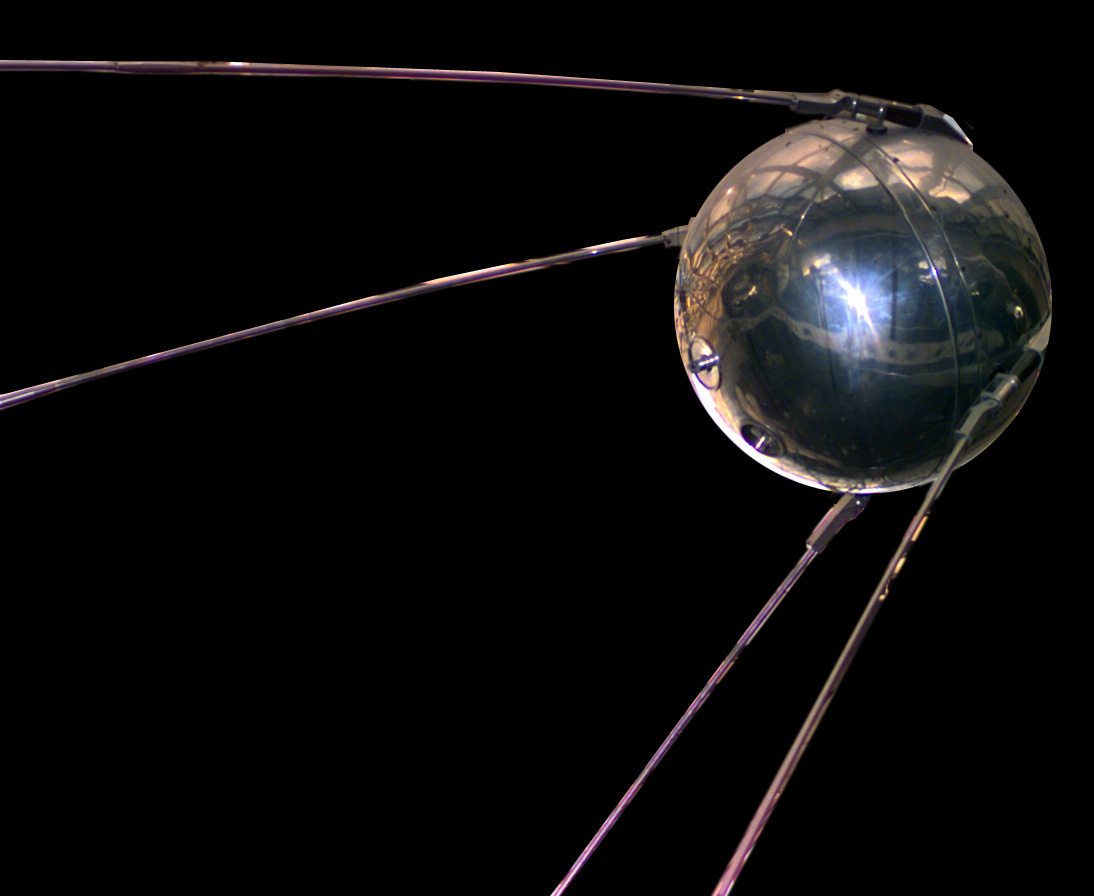Sputnik-1
| Name | Sputnik-I |
|---|---|
| Image |  |
| Country of origin | USSR |
| Launch date | 04/10/1957 |
| Launch site | Baikonur Cosmodrome Site 1/5 |
| Orbit type | LEO |
| Semi-major axis | 6,955.2 km |
| Eccentricity | 0.05201 |
| Perigee altitude | 215 km |
| Apogee altitude | 939 km |
| Inclination | 65.10° |
| Orbital period | 96.20 minutes |
| Length | NA |
| Diameter | 58 cm |
| Mass | 83.6 kg |
| Propulsion | NA |
| Engine | NA |
| Mission duration | 22 days |
| Instruments | Radio transmitter (20.005 and 40.002 MHz) |
| Description | Sputnik 1, a momentous achievement in human history, was the first artificial Earth satellite successfully launched into orbit. This groundbreaking event, orchestrated by the Soviet Union on October 4, 1957, ushered in the Space Age and profoundly impacted the course of human civilization. Sputnik 1, a relatively simple sphere measuring 58 centimeters in diameter and weighing approximately 83.6 kilograms, was equipped with four long whip antennas that extended from its surface. Its primary function was to transmit radio signals back to Earth, providing crucial data on the density of the upper atmosphere and the propagation of radio waves in the ionosphere. The successful launch of Sputnik 1 sent shockwaves across the globe, particularly in the United States, igniting the “Space Race,” a fierce competition between the two superpowers in the realm of space exploration. This rivalry spurred significant advancements in rocketry, satellite technology, and space research, ultimately leading to remarkable achievements such as human spaceflight and lunar exploration. |
| Website | https://www.roscosmos.ru/ |
Disclaimer: This information is based on publicly available sources and should be considered for general knowledge purposes only.